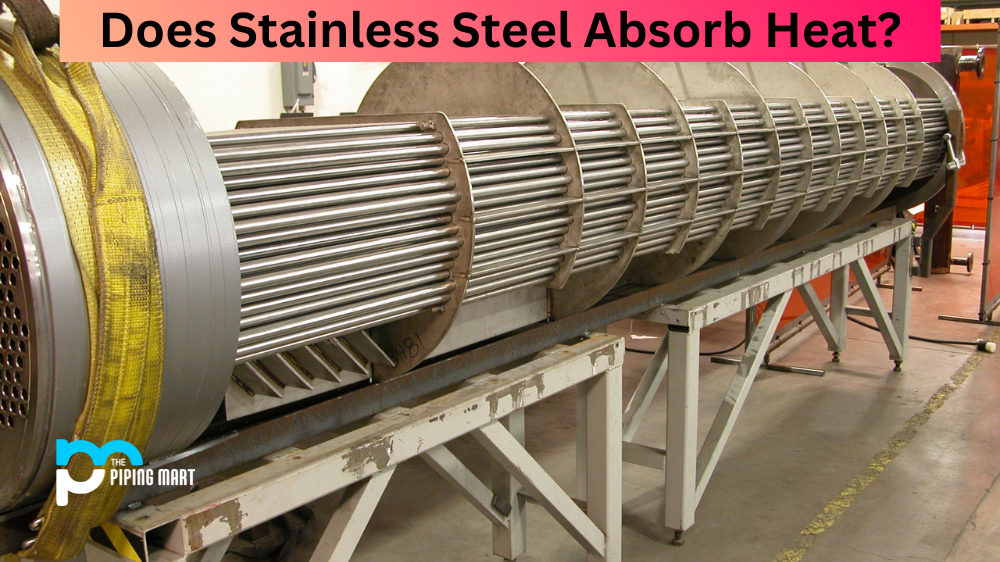Stainless steel 304 is one of the most widely used metals in the world, found in everything from small home appliances to large industrial machinery. But what exactly is stainless steel 304, and why is it so widely used? Let’s take a closer look at this versatile metal and its many uses.
What Is Stainless Steel 304?
Stainless steel 304 (also known as A2 or 18/8 stainless) is an austenitic chromium-nickel alloy which contains a minimum of 18% chromium and 8% nickel. It has a higher corrosion resistance than other grades due to its high levels of chromium and nickel, making it ideal for use in environments where corrosion is likely to occur. It also has excellent weldability, formability, and ductility.
Stainless Steel 304 Uses
Due to its superior properties, stainless steel 304 is found in a wide range of applications. It is commonly used in kitchen appliances such as sinks, dishwashers, cookers and ovens; medical instruments; food processing equipment; chemical processing equipment; aerospace components; architectural structures; marine applications; automotive parts; furniture hardware such as handles and knobs; and many more.
Benefits of Using Stainless Steel 304
Stainless steel 304 offers many benefits when compared to other metals. It does not corrode easily, making it ideal for areas that are prone to moisture or corrosive chemicals. It can withstand high temperatures without losing strength or hardness, making it suitable for use in furnace parts or heat exchangers. It also has excellent formability, meaning it can be easily shaped into complex shapes without compromising on strength or durability. Finally, it is non-magnetic, which makes it ideal for electrical components such as switches and relays.
Conclusion:
Stainless steel 304 is a versatile metal with many beneficial properties that make it ideal for use in a wide range of applications. Its resistance to corrosion makes it perfect for use in environments where there could be exposure to moisture or corrosive chemicals, while its high-temperature resistance makes it suitable for furnace parts or heat exchangers. Its formability allows complex shapes to be created without compromising on strength, whilst its non-magnetic nature makes it perfect for electrical components such as switches and relays. For these reasons, stainless steel 304 continues to be one of the most widely used metals all over the world today!
Sakshee is a talented blogger, with a particular focus on the Business and Metal Industry. She is passionate about sharing her insights on various metal products and helping professionals to make a better decisions.



